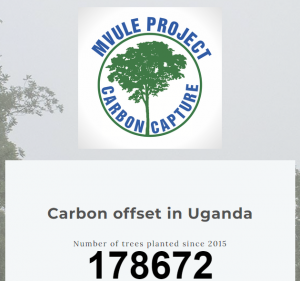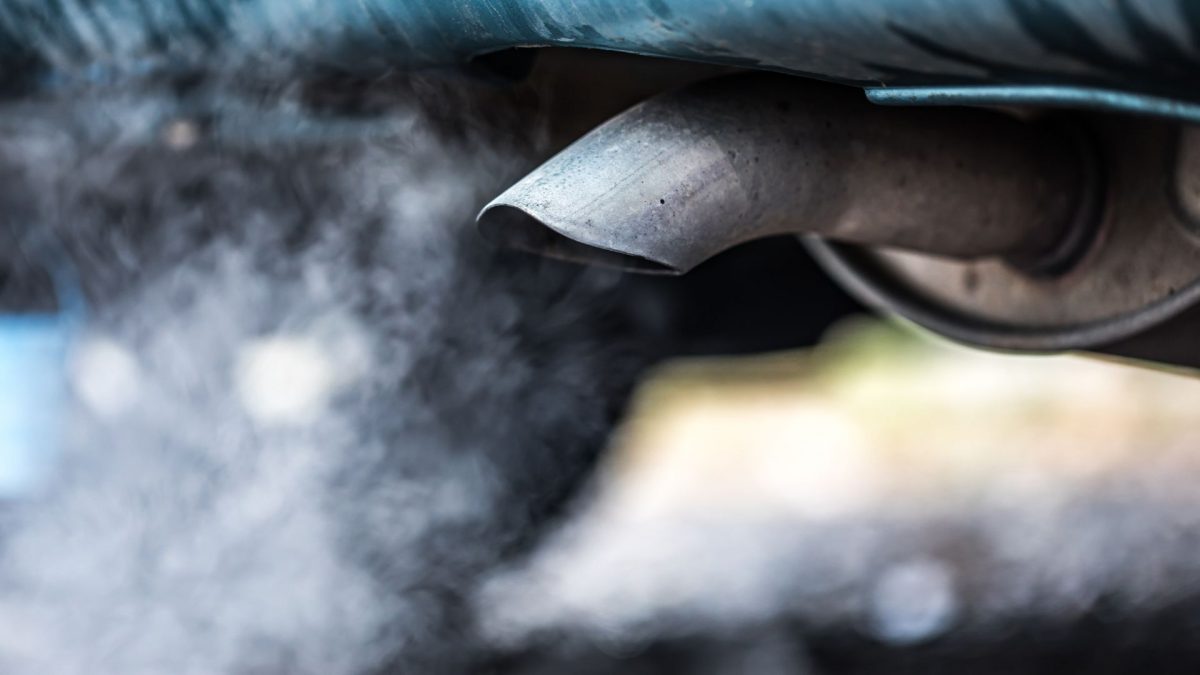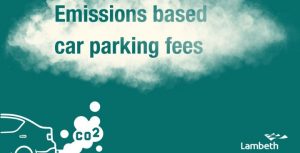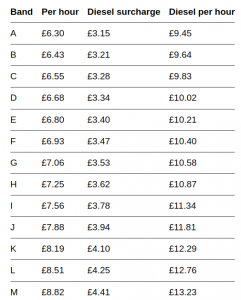
Airbourne 2023 is now over. But its carbon emissions remain in the atmosphere, adding to global warming. The emissions from Airbourne 2022 were estimated by Eastbourne Borough Council to be 241.5 tonnes C02e from the airshow event itself, and 6,033 tonnes C02e from the transport impact of event visitors. The council decided to offset those emissions through a carbon capture scheme. Eastbourne already does have carbon capture initiatives, primarily those run by Treebourne, a social enterprise that had its beginnings within the Eastbourne Eco Action Network, and which has already planted many thousands of trees across the borough, primarily on council-owned land.
But the scale of the carbon emissions from a festival as big as Airbourne 2023 – which attracted 750,000 visitors, most of them arriving in Eastbourne by car – was such that they could not be offset within the borough alone. So following conversations between Eastbourne Borough Council, the Eastbourne Eco Action Network CIC, and the United Nations Association Eastbourne, it was agreed that the council would fund the UNA Eastbourne’s carbon offsetting scheme, allocating £7,000 to plant 14,000 tropical hardwood trees in Uganda, capturing 62,240 tonnes of carbon over 10 years. This scheme has been running successfully for many years already, resulting in 175,418 trees planted in Uganda so far.

But the scheme does far more than carbon capture. It was designed in close collaboration with local communities in Uganda to ensure that the scheme has the full consent of those communities and meets their needs. Backed by scientific research and monitored closely by UNA Eastbourne and its Ugandan partners, the trees planted are indigenous to Uganda, grown by Ugandan tree nurseries from seedlings, distributed freely to those communities that want them, and nurtured to full growth by those very same communities who integrate them within their own agroforestry practices on their farms or on land maintained by community institutions such as local schools and churches. The trees not only capture carbon faster and in far greater quantities than trees planted outside of the Equatorial region where Uganda is, but they provide many other benefits, such as enriching the soil and providing a harvest of nutritious fruit and natural medicines for the communities that nurture them.

Importantly, the trees planted under this scheme do not take farmland out of production, nor push out poor farmers onto more marginal land. Local farmers decide if they need the trees, which they value because the types of trees offered under the scheme complement the crops they grow on their farms. The trees protect the crops interplanted between them and enrich the soil, thereby increasing the productivity and income of the farms. Trees and crops work well together within the agroforestry system common on small farms in Uganda, something we should perhaps have a lot more of within the UK.

All of us, whether we live in the UK, Uganda, share the same planetary home, so all of us benefit from carbon capture schemes when they are run well, with careful selection of trees, right location, etc. The scheme that UNA Eastbourne runs in Uganda recognises that reality and also delivers a degree of climate justice too, as Uganda, like most countries in Africa, has contributed far less to global warming than rich countries like the UK have historically done, whilst the carbon footprint of most Ugandans is far less than that of most people in Eastbourne.
We can be proud of the fact that a carbon capture scheme devised in Eastbourne is having a significant effect in drawing down carbon from the atmosphere and setting a good example of an effective, fair, research-backed carbon offsetting scheme. But this does not relieve us of the responsibility to reduce the carbon emissions of Eastbourne, and our own individual carbon footprints, as fast as possible. The emissions of festivals like Airbourne, and indeed of all sectors of the Eastbourne economy, have to be much further reduced year on year until the town becomes genuinely carbon neutral, hopefully by 2030. Will we collectively rise to the challenge?
This blog post written by Andrew Durling, a Board director of the Eastbourne Eco Action Network CIC




